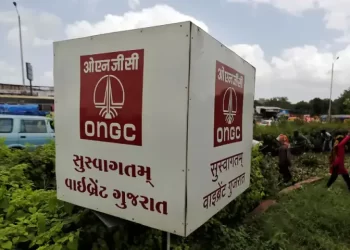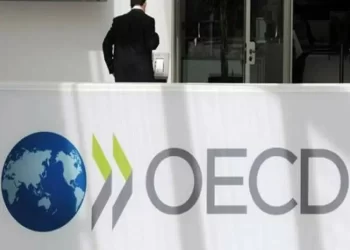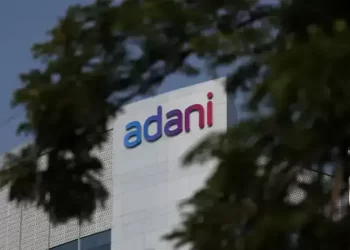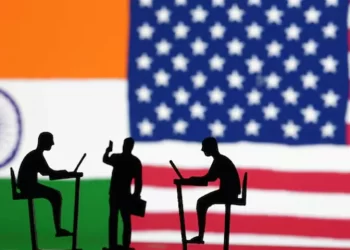BANGKOK (news agencies) — In Bangladesh, weeks of protests against a quota system for government jobs turned into a broad uprising that forced the prime minister to flee the country and resign.
The demonstrations began peacefully last month and were primarily led by students frustrated with the system that they said favored those with connections to the ruling party.
But it turned violent on July 15 as student protesters clashed with security officials and pro-government activists. Former Prime Minister Sheikh Hasina fled this week after the unrest during which nearly 300 people died, including both students and police officers.
Students or other young people have frequently played pivotal roles in popular uprisings that have brought down governments or forced them to change policies. Here are some other major cases:
Like in Bangladesh, widespread protests in Sri Lanka in 2022 were able to bring down a government, and youth played a key role.
Scattered demonstrations turned into months-long protests starting in March 2022 as an economic crisis worsened in the Indian Ocean island nation, leading to a shortage of fuel, cooking gas and other essentials as well as an extended power outage.
In April, protesters primarily led by university students and other young people occupied an esplanade adjoining President Gotabaya Rajapaksa’s office in the capital Colombo, demanding he and his government resign.
More people joined daily, setting up a tent camp dubbed “Gota Go Gama,” or “Gota Go Village,” a play on Gotabaya’s nickname “Gota.”
The protest site was peaceful, with organizers offering free food, water, toilets and even medical care for people. Camp leaders, many of whom were university students, held daily media briefings and made regular speeches, while the crowd was entertained by bands and plays.
The government reacted by imposing a curfew, declaring a state of emergency, allowing the military to arrest civilians and restricting access to social media, but were unable to stop the protest.
Under pressure, many ministers resigned but President Rajapaksa and his older brother, Prime Minister Mahinda Rajapaksa remained.
In May, Rajapaksa supporters attacked the protest camp, drawing widespread condemnation from across the country and forcing Prime Minister Rajapaksa to resign.
Gotabaya Rajapaksa clung to power until July, when protesters stormed his official residence, forcing him to flee the country. After taking temporary refuge in the Maldives, Rajapaksa later resigned.
His successor, Ranil Wickremesinghe, in one of his first moves as new president ousted protesters from occupied government buildings and shut down their camp, dismantling their tents in the middle of the night.
The situation has since calmed, and Wickremesinghe has been able to address the shortages of food, fuel and medicine and restore power.
Complaints continue, however, about the rise in taxes and electric bills that are part of the new government’s efforts to meet International Monetary Fund loan conditions. Former Prime Minister Rajapaksa’s son Namal Rajapaksa will be running in the presidential elections this September.
In November 1973, students at Athens Polytechnic university rose up against the military junta that ruled Greece with an iron fist for more than six years.
Military officers seized power in a 1967 coup, establishing a dictatorship marked by the arrest, exile and torture of its political opponents.
The regime’s brutality and hardline rule gave rise to a growing opposition, particularly among students, culminating in the November uprising.
The protest began peacefully on Nov. 14, with students staging a strike at the Athens Polytechnic university and occupying the campus. By the next day, thousands from around Athens had joined in to support the students and the demonstrations grew, as did calls to end the dictatorship.









